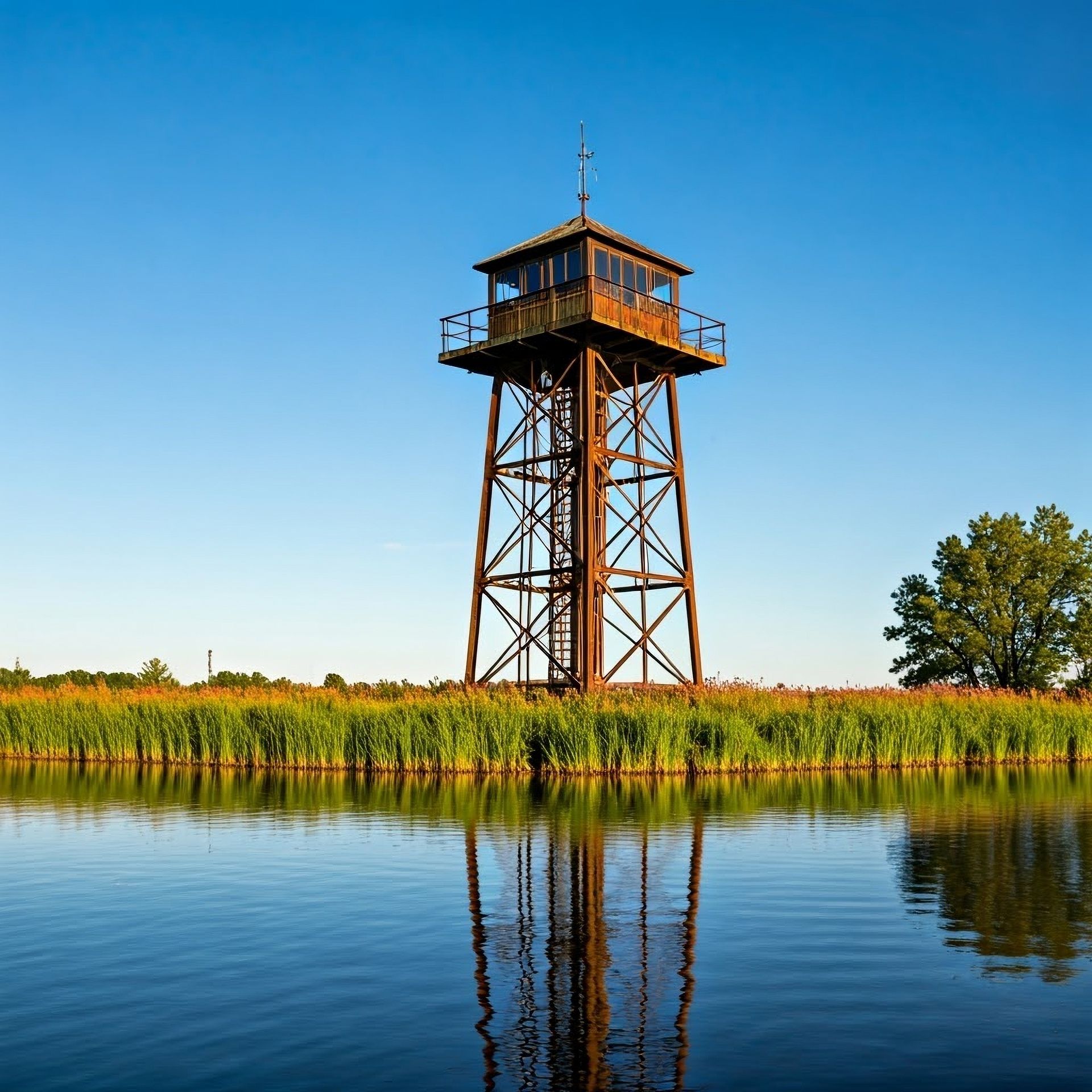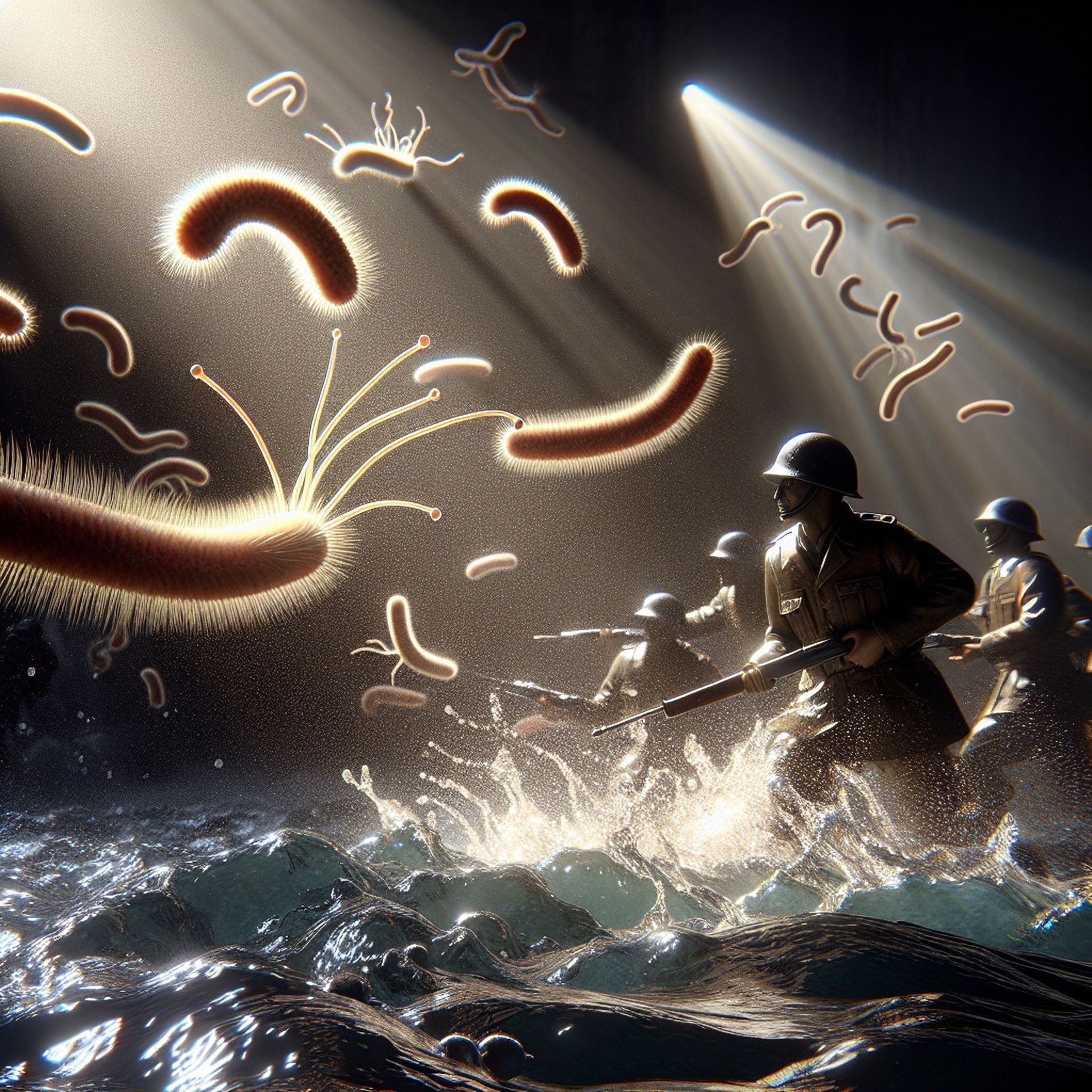Blog Layout
How to Kill Legionella – Pt2 – The War
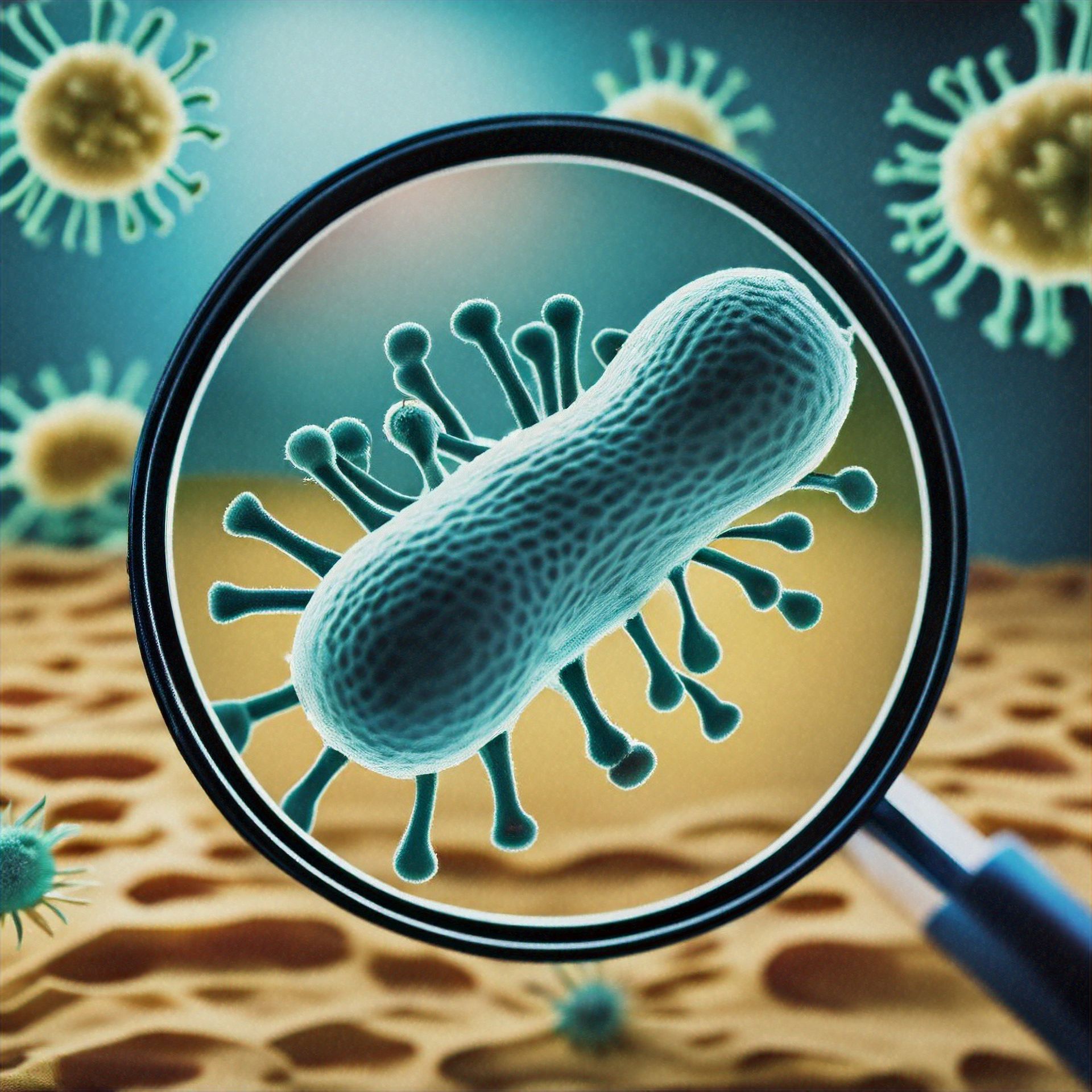
How to Kill Legionella - Part 2: The War
I'm not a military man, but I'm certain there's a lot of planning involved in winning a war. I also assume that a highly effective way of chasing an enemy off your territory would be to make the environment they occupy uninhabitable.
In this context, your enemy is Legionella, a relentless threat to your water safety and business reputation. It's persistently supplied to you, at very low levels, through your incoming town mains.
The environment they seek to inhabit are your water systems. It really isn't fussy about which one.
• Cold Water Systems Operating Too High: This is fundamentally a result of warmer ambient temperatures being given sufficient time for a transfer of heat between the colder pipes. The reasons why that sufficient time is created are varied, but it's always linked to an insufficient demand for water to maintain a high enough turnover that would naturally prevent it.
• Hot Water Systems: These are often significantly more complex in design and, as a consequence, more susceptible to Legionella colonisation when not suitably managed.
To conserve water and the energy it takes to heat it, larger systems will operate using a flow and return pipe arrangement, creating a moving circuit of water driven by a pump. These circuits can become very complex in large buildings, with subordinate loops created to supply smaller areas.
There are too many reasons to explain why a hot water system that may have been correctly balanced at some point in time stops circulating correctly. However, the consequence of this happening is far simpler. No circulation anywhere in a system will result in water stagnation, at a temperature ideal for bacteria development.
Further to this, and a fly in the ointment when undertaking disinfection works, any water contained within a dormant return pipe will be mechanically trapped there. The cause of the imbalance that has developed could be a wide range of things, but the water will only ever be moved by the circulation pump, and any disinfection procedure will fail to penetrate a colony of Legionella that has made its home in a 'short-circuited' return leg.
Reflect on Your Battle Plan
Now is the time to reflect on your current Legionella battle plan and perhaps consider what you know about the environment in which you welcome all the Legionella you are gifted each day by your Local Water Authority.
It is likely that the entire assessment of whether your hot and cold systems are suitably operating at temperatures that prevent Legionella growth (<20°C or >50°C) is based on some information collected once a month by someone at some point during a calendar month.
A Better Way to Control Legionella
There has always been a better way to control Legionella; the ability to monitor temperature with sensors has been around for decades. It's only now, with the growth of the Internet of Things (IoT), and the ability to access, view and share data, that the ineffectiveness and futility of traditional Legionella control methods has been fully exposed.
See Part 3 of the blog – The War Cry – to see how victory can be yours!
For further information, please refer to the following HSE guidance:
If the above is of interest and you would like to book a meeting please select the link below.
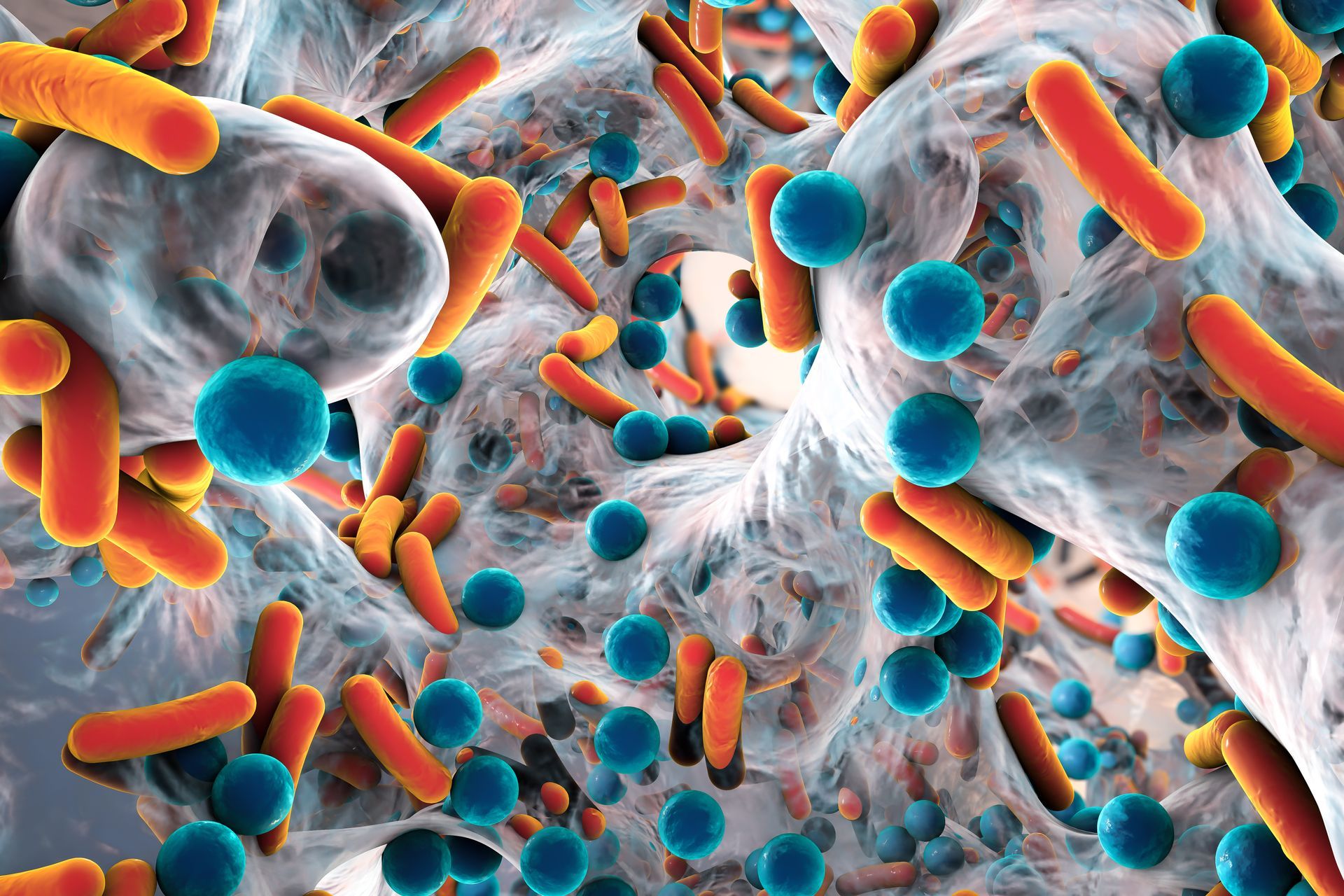
by James Campbell
•
19 September 2024
Who are the key players you need on your side to win this war? 1. The Water Treatment Specialist: When it comes to Legionella prevention, the role of a water treatment specialist is absolutely crucial. These professionals are not just technicians; they are experts who assess, design, and implement comprehensive control measures tailored to combat this serious health risk. Their expertise is invaluable in conducting thorough risk assessments that identify potential vulnerabilities within water systems. Water testing is another critical aspect of their work. A reputable water treatment specialist employs advanced methodologies to detect the presence of Legionella bacteria, ensuring that any issues are identified promptly and accurately. Once risks are assessed and testing conducted, these specialists implement effective disinfection procedures that play a vital role in maintaining safe water systems. Choosing a qualified water treatment specialist cannot be overstated. It's essential to select someone with proven experience in Legionella control who understands the specific requirements of your facility. Their knowledge not only ensures compliance with health regulations but also provides peace of mind that your water systems are being managed by an expert dedicated to protecting public health. 2. The Facilities Management Team: When it comes to preventing legionella outbreaks, the facilities management team plays a critical role that cannot be overstated. These dedicated professionals are the backbone of any organisation's water safety strategy, ensuring that water systems are not only maintained but also rigorously monitored for potential risks. One of their primary responsibilities is to keep a close eye on water temperatures throughout the facility. By regularly checking and adjusting these temperatures, they can effectively inhibit the growth of legionella bacteria, which thrive in warm water environments. Additionally, routine inspections of plumbing systems and fixtures allow them to identify any issues before they escalate into serious problems. Their proactive approach ensures that any signs of contamination or malfunction are addressed promptly, safeguarding the health of all building occupants. Moreover, training and awareness among the facilities management team are paramount. It is essential that they understand not just the technical aspects of managing water systems but also the potential health implications associated with legionella. Regular training sessions equip them with up-to-date knowledge on best practices and emerging threats, empowering them to act swiftly and efficiently when necessary. In summary, the facilities management team serves as invaluable allies in legionella prevention efforts. Their diligence in monitoring water systems and commitment to ongoing education make them essential guardians against this potentially deadly bacterium. Investing in their training and support is a crucial step towards ensuring a safe environment for everyone within your facility. 3. The Building Occupants: Building occupants play a crucial role in the prevention of Legionella, and their active participation can significantly enhance water safety within any facility. One of the key responsibilities of occupants is to report any concerns or changes they notice in the water systems. Whether it’s a sudden change in water temperature, unusual smells, or even visible signs of stagnation, these observations can be vital indicators that warrant immediate attention. To help maintain optimal water hygiene, occupants should adopt a proactive approach. Simple practices such as avoiding water stagnation by regularly using taps and showers can make a substantial difference. Additionally, reporting leaks or drips promptly not only prevents potential issues but also helps facilities management address problems before they escalate into serious health risks. Clear communication and collaboration between building occupants and the facilities management team are essential for effective Legionella prevention. Establishing an open line for reporting concerns ensures that issues are addressed swiftly and efficiently. Moreover, regular updates from management about maintenance schedules and safety measures will empower occupants to take an active role in safeguarding their environment. By working together, we can create safer spaces for everyone while effectively minimising the risks associated with Legionella. 4. Technology Providers: In the fight against Legionella, technology providers play a pivotal role by offering innovative solutions that significantly enhance control measures. Remote monitoring systems and data analytics platforms are at the forefront of these advancements, providing invaluable tools for effective Legionella management. By utilising these technologies, organisations can gain real-time insights into water quality parameters, enabling early detection of potential issues before they escalate into serious problems. The benefits of employing such technologies cannot be overstated. With continuous monitoring capabilities, facilities can proactively identify fluctuations in water temperature or contamination levels that may indicate a risk of Legionella growth. This proactive approach not only aids in risk management but also ensures compliance with health and safety regulations, ultimately safeguarding public health. When selecting technology providers for Legionella prevention, it is crucial to choose those with proven expertise and reliable solutions. A provider’s track record in delivering effective monitoring systems and data analysis tools will ensure that your organisation is well-equipped to tackle potential threats head-on. Investing in the right technology partner is not just about compliance; it’s about fostering a culture of safety and responsibility within your organisation. Conclusion In conclusion, the fight against Legionella requires a multifaceted approach, and choosing the right allies is crucial. Water treatment specialists bring invaluable expertise in maintaining safe water systems, while facilities management teams ensure that these systems are properly monitored and maintained. Building occupants play a vital role as well; their awareness and proactive engagement can significantly enhance safety measures. Moreover, technology providers offer innovative solutions that can streamline detection and prevention efforts, making it easier to identify potential risks before they escalate. By combining these diverse areas of expertise with active participation from all stakeholders, we create a robust defence against Legionella outbreaks. Now is the time to assemble your team of allies—engage with water treatment experts, collaborate with facilities management, involve building occupants in safety practices, and leverage cutting-edge technology. Together, we can take proactive steps to protect our water systems from Legionella and ensure a safer environment for everyone.
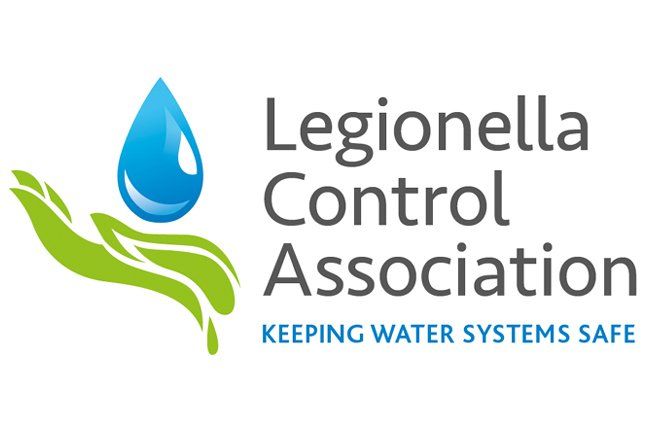
by James Campbell
•
21 August 2024
A term used to describe several specific tasks scheduled as such to keep water systems healthy and to identify changes in the performance of a water system. It was the introduction of HSE document ACOP L8 in 2000 that set out a recommended procedures to manage the different water systems that were commonly installed in properties. The options were and still are limited to only two. Chemical Certainly, an effective method of preventing bacteria in water is to by way of applying chemicals, make the water an environment that bacteria cannot live in. But at what cost? Health, Environment, Expense, COSHH Regs, Competency, Management and Liability. On balance, these factors make chemical control an unattractive option for many and as such is mostly used in ‘Critical Environments’ such as hospitals or as a response to an identified persistent Legionella colonisation. Temperature It was surely considered during the process of discussion had for the release of ACOP L8, what business should do to control the risk of Legionella in accordance with H+S Law. The guidance that was issued in ACOP L8 and has since been reinforced and clarified by HSE 274 is now known as. Table 2.1 checklist for Hot & Cold Water Systems This provides a clear overview of all the physical tasks that are to be undertaken and which are specific to the many types of water systems and their associated plant equipment and or assets. So, as it is these physical activities set out in Table 2.1 checklist, that are the core tasks required to preventing Legionella from developing in a water system it is probably useful to understand the purpose of the tasks defined. Flushing – Weekly or twice weekly, undertaken to ensure water does not stagnate within the pipework. Monthly Sentinel Checks – Tests carried out at predetermined locations. The results are used to confirm that the system is performing at the recommended operating temperatures and if not should trigger a response to investigate and undertake remedial work if required. Quarterly Shower Cleaning – General good working practice to maintain good health of water quality. Quarterly Subordinate Loop Checks – A manual check to access keys areas of the hot water system to check that the hot water return system is circulating correctly and at the recommended temperatures. Six Monthly Tank Inspection – A visual check to ensure stored water is at a good quality.The body content of your post goes here. To edit this text, click on it and delete this default text and start typing your own or paste your own from a different source.
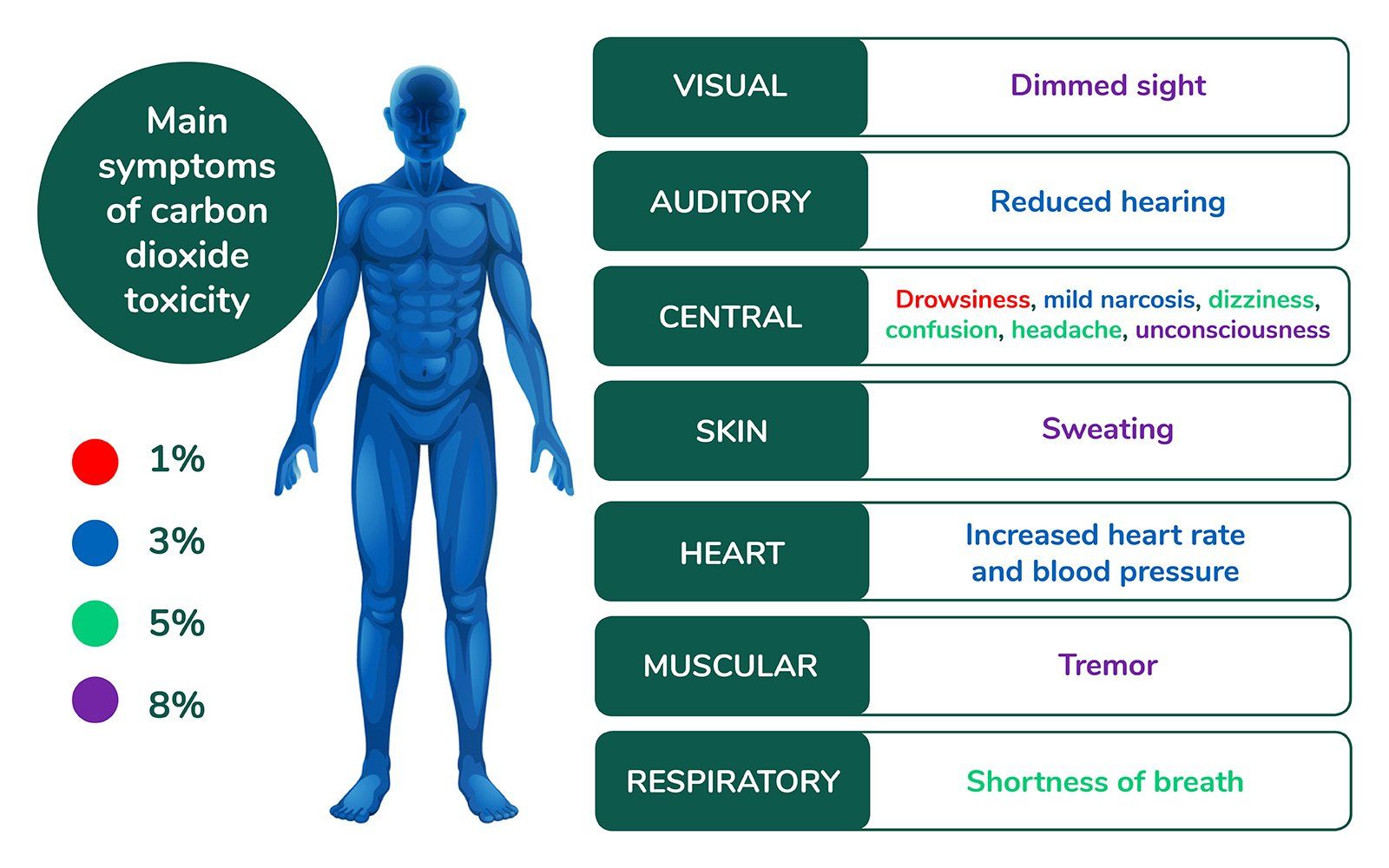
by James Campbell
•
3 March 2023
CO2 is classified as a pollutant by the UK government. Pollutants are substances that can have negative effects on human health. CO2 is considered a pollutant because it can cause a number of health problems, including: - difficulty breathing - headaches - dizziness - nausea - increased heart rate - increased blood pressure - CO2 poisoning CO2 poisoning occurs when someone is exposed to high levels of CO2. CO2 poisoning can cause a number of serious health problems, including: - unconsciousness - coma - death CO2 levels are regulated by the UK government CO2 is a common gas in the atmosphere, but too much of it can be dangerous. That's why the UK government regulates the amount of CO2 in the workplace. CO2 monitors should be placed in workplaces to make sure that the levels stay safe. If the CO2 levels get too high, the alarms will sound and the ventilation will kick in. This is particularly important in factories and modern office buildings where windows don’t open and fresh air relies on the air circulation system. The UK government is committed to keeping workers safe and healthy, and these regulations are one way they do that. Protecting yourself against high CO2 There are a number of ways to protect yourself from CO2 exposure. Some of these include: - wearing a CO2 monitor - using ventilation systems - working in well-ventilated areas - avoiding enclosed spaces - taking breaks in fresh air If you think you may have been exposed to high levels of CO2, it is important to seek medical attention immediately. CO2 poisoning can be deadly if not treated promptly. Employers are required to prevent CO2 poisoning The laws require employers to protect against high CO2 levels. The easiest way to do that is to install monitors that will track CO2 levels 24 hours a day. Those monitors can be small and inconspicuous. If their CO2 levels get too high, the monitors will signal the building’s maintenance team and management. If the levels get high enough to be dangerous, they will trigger an alarm that will evacuate the building until the situation is remedied. Fortunately, CO2 poisoning is easy to protect against with proper circulation and monitoring. Conclusion CO2 exposure is a serious health hazard that should not be taken lightly. By following the tips in this blog post, you can protect yourself from CO2 exposure and avoid the potentially harmful health effects of CO2 poisoning.
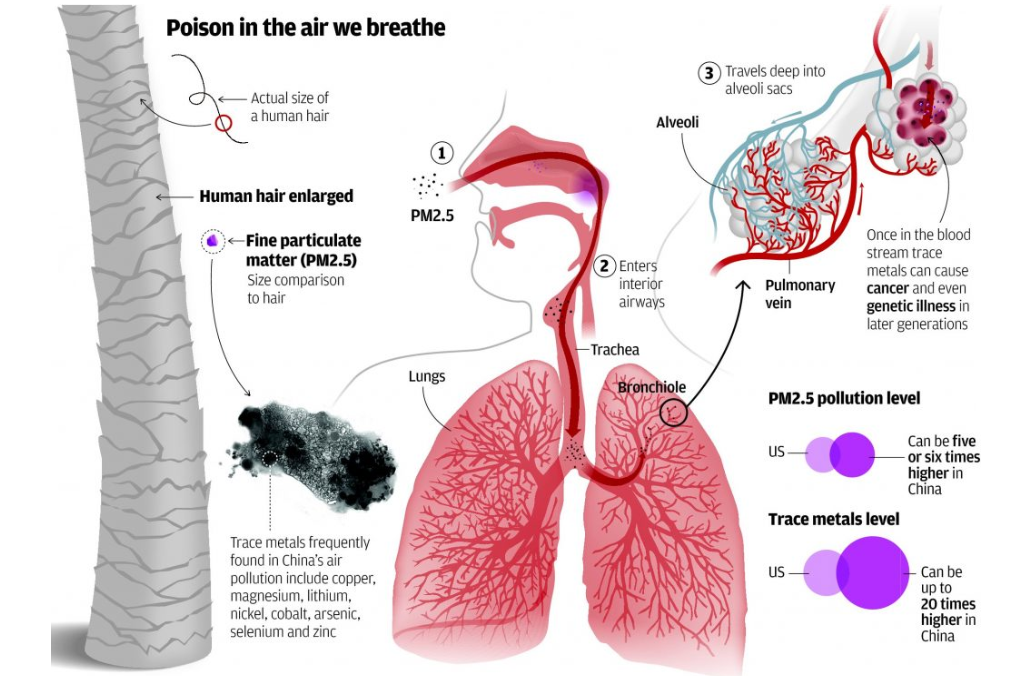
by James Campbell
•
26 January 2023
What are PM2.5 and PM10? PM2.5 and PM10 are types of particulate matter, which are tiny pieces of solid or liquid that are suspended in the air. Particulate matter can come from a variety of sources, including car exhaust, industrial emissions, power plants, wildfires, and even windblown dust. PM2.5 refers to particulate matter that is 2.5 micrometres, or microns, or less in diameter, while PM10 refers to particulate matter that is 10 micrometres or less in diameter. For reference, a human hair is about 70 micrometres in diameter! Why are PM2.5 and PM10 Important? Particulate matter of all sizes can be detrimental to human health, but PM2.5 is of particular concern because of its small size. Because PM2.5 is so tiny, it can penetrate deep into the lungs and even enter the bloodstream, causing serious respiratory and cardiovascular problems. Exposure to high levels of particulate matter has been linked to premature death, heart attacks, strokes, lung cancer, and other health problems. PM2.5 There are many sources of PM2.5 pollutants indoors, including burning candles, cooking on gas stoves, smoking cigarettes, and using wood-burning fireplaces. These activities release particles into the air that can be inhaled, and over time they can build up to unhealthy levels. Additionally, house dust and cleaning chemicals can also contribute to indoor pollution. To reduce your exposure to PM2.5 pollution, it is important to choose cleaning products that are low-emitting, and to ventilate your home regularly. You can also use an air purifier to remove particles from the air. By taking these steps, you can help improve the air quality in your home and protect your health. PM10 A large amount of the PM2.5 pollution and a sizable portion of the PM10 pollution found in outdoor air are produced by emissions from the combustion of gasoline, oil, diesel fuel, or wood. PM10 also includes dust from industrial sources, wind-blown dust from open lands, pollen, and bacterium pieces. It also includes dust from wildfires, landfills, and farmland. In the UK, there are national standards for PM exposure indoors. You can learn more here: https://www.gov.uk/government/statistics/air-quality-statistics/concentrations-of-particulate-matter-pm10-and-pm25. How Can I Protect Myself from PM2.5 and PM10? If you live in an area with high levels of particulate matter in the air, there are some steps you can take to protect yourself and your family: - Check local air quality reports and limit time spent outdoors on days when pollution levels are high; - Stay indoors as much as possible on days when pollution levels are high; - Use an air purifier indoors; - Keep windows closed on days when pollutant levels are high; - And avoid using wood-burning stoves or fireplaces on days when pollutant levels are high; - Monitor air quality using an automated indoor air quality system that can alert you to high levels is pollutants; - Ensure that air filtration systems are operating correctly and are maintained well to avoid potential health concerns. Summary PM2.5 and PM10 are two types of particulate matter that can have harmful effects on human health if inhaled. Taking steps to avoid exposure to these pollutants can help protect your respiratory and cardiovascular health. For more information on how you can protect yourself from exposure to particulate matter, check out our blog post on air pollution!
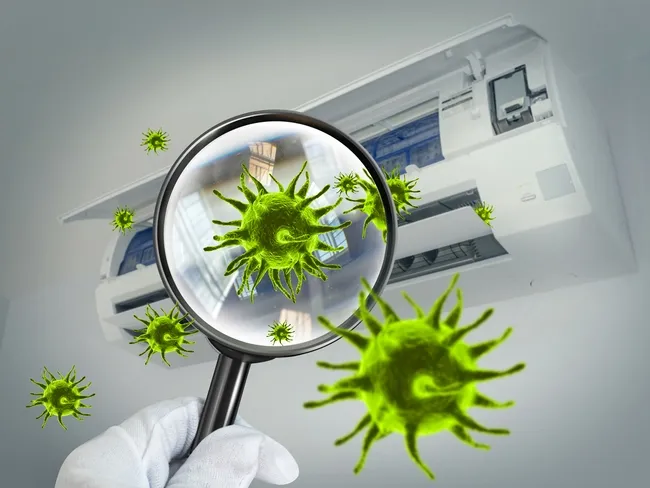
by James Campbell
•
23 January 2023
Indoor air quality has always been important, but the COVID-19 pandemic highlighted just how essential it is to ensure that our indoor spaces are healthy and free of harmful contaminants. Poor indoor air quality can lead to a variety of health problems, including respiratory infections, headaches, and fatigue. In addition, recent research has shown that poor indoor air quality can also worsen the symptoms of COVID-19. As a result, it's more important than ever to ensure that our indoor air quality is excellent. One way to improve indoor air quality is to install an air quality monitoring system. These systems use sensors to monitor things like temperature, humidity, and airborne contaminants. The data collected by these sensors can then be used to identify problems and develop mitigation strategies. In addition, some air quality monitoring systems also include features like remote monitoring and real-time alerts, which can help to further improve indoor air quality. If you're running a business in the UK, you need to make sure that you're complying with indoor air quality regulations. But indoor air quality is about more than just compliance – it can have a direct impact on productivity. Things like temperature and humidity can make your employees uncomfortable, which will reduce their productivity. That's why it makes sense to invest in an indoor air quality consultant. They can help you monitor your indoor air quality and make sure that it's within acceptable levels. They can also advise you on things like temperature and humidity control, so that you can create a comfortable working environment for your employees. In the long run, this will save you money by reducing absenteeism and increasing productivity.

by James Campbell
•
24 November 2022
"Under general #health and #safety law, duty holders including employers or those in control of premises, must ensure the health and safety of their employees or others who may be affected by their undertaking. They must take suitable precautions to prevent or control the risk of exposure to #legionella. They also need to either understand, or appoint somebody competent who knows how to identify and assess sources of risk, manage those risks, prevent or control any risks, keep records and carry out any other legal duties they may have." - https://lnkd.in/dKR4B5v2 Although it is appropriate for an #employer or a person in charge of the premises to carry out the #RiskAssessment assignment, many people choose to train qualified specialists because of the knowledge, abilities, and experience required to detect, compile, and address problems and potential concerns. The potential severity of consequences associated with a Legionella outbreak, including its catastrophic health effects, monetary losses or fines, loss of reputation, and other ongoing issues, are a significant factor in that decision.
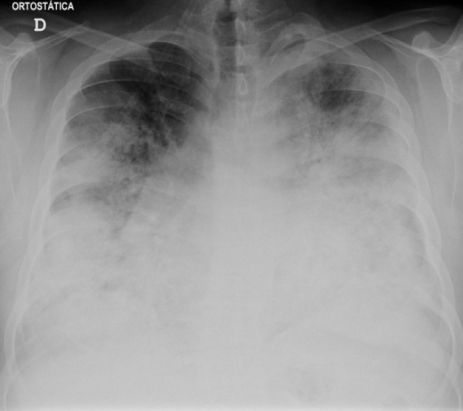
by James Campbell
•
11 November 2022
There is a lot of confusion right now about the difference between legionella and COVID-19, and business owners are rightfully concerned about protecting their employees and customers. So let's clear up a few things. First, it's important to note that legionella is a type of bacteria, while COVID-19 is a virus. Legionella can cause a serious lung infection called Legionnaires' disease, while COVID-19 primarily affects the respiratory system. Both illnesses can cause fever, coughing, and difficulty breathing, but there are a few key differences in the symptoms. Legionnaires' disease typically comes on gradually, while the symptoms of COVID-19 appear more quickly. In addition, Legionnaires' disease can cause nausea, vomiting, and diarrhea, though these symptoms are less common with COVID-19. Finally, people with Legionnaires' disease may experience muscle aches and pains, although this is not a common symptom of COVID-19. While both legionella and COVID-19 can be dangerous, understanding the differences between them is critical for business owners who want to keep their employees and customers safe.
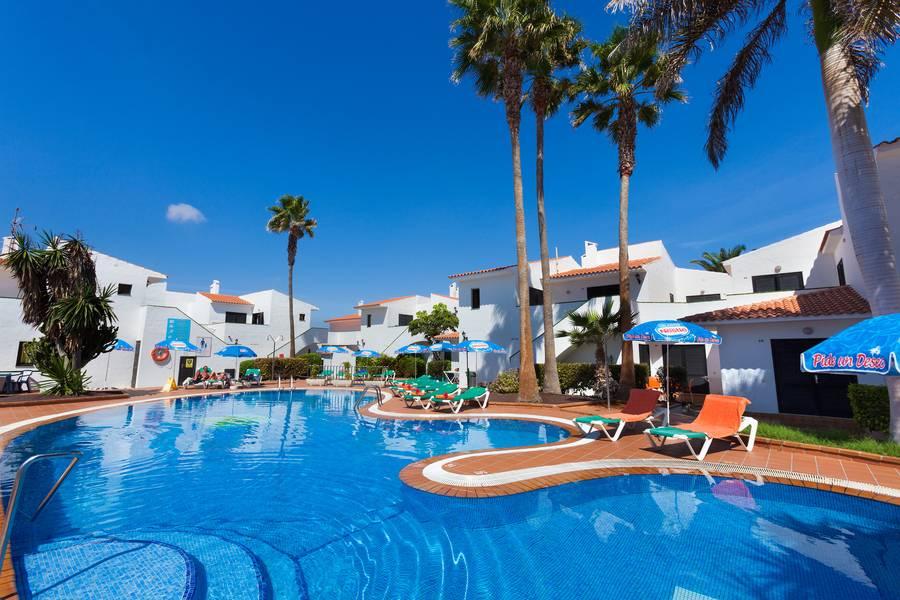
by Bob Peryea
•
25 October 2022
Popular vacation destinations may put Britons at risk for a dangerous bacterial infection that can cause life-threatening pneumonia, according to a number of recent research articles. According to researchers, up to two-thirds of hotels in places like Greece, the Canary Islands, and Morocco run the risk of dispersing the legionella, or legionnaires' disease, virus that lives in stagnant water. Due to concerns that bugs may have gathered while facilities were closed during the COVID lockdowns, microbiologists are now advising vacationers to run taps and showers before coming into contact with water. While many hotels have been reopened, not all have been at capacity. It’s always advisable to run water for a few minutes before stepping into it. Symptoms and treatment Legionella bacteria can cause severe respiratory illness, including Legionnaires' disease, which is a type of pneumonia, and Pontiac fever, a milder form of the infection. Symptoms of Legionnaires' disease include coughing, shortness of breath, high fever, muscle aches, and headaches. The disease can be especially dangerous for people over the age of 50, smokers, and those with underlying health conditions. While the infection can be treated with antibiotics, it can often prove deadly, particularly to those with weakened immune systems. In fact, the US CDC reports that one in ten people who develop Legionnaires' disease will die from the infection. Hotel Owners Responsibility in the UK Hotel owners and operators in the United Kingdom have a responsibility to prevent Legionella bacteria from growing and spreading in their properties. This includes ensuring that water systems are properly designed, maintained, and disinfected; that staff are trained in how to control Legionella growth; and that guests are informed of the risks of exposure to Legionellosis. Hotel owners and operators must take steps to prevent legionella growth in their properties, including: - ensuring that water systems are properly designed, installed, and maintained - ensuring that water is regularly flushed and circulated - maintaining the proper temperature and pH level in water systems - using legionella-specific disinfectants - training staff in legionella control measures - regular testing of water systems for the presence of legionella Informing guests of the risks of legionellosis and providing them with information on how to protect themselves is also critical. Legionellosis is a serious illness, and guests should be made aware of the signs and symptoms so that they can seek medical attention if necessary. The laws that govern what hotel owners and managers must do in the UK are not always followed in other countries. So, if you're planning on a holiday in a popular destination this winter, be sure to take precautions against legionella exposure by running taps and showers before using them. And, if you or a loved one begins to experience any of the symptoms associated with Legionnaires' disease, seek medical attention immediately.
About Us
Smart building technology proudly brings together the fascinating worlds of IoT, Data Analytics and SaaS to create a unique customer experience, enabling full visualisation of your buildings eco-system, all in one place.
